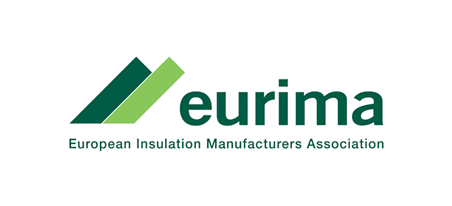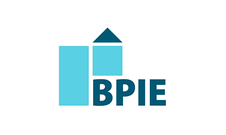Search eceee proceedings
Characterization of utility programs’ enrollment by income and region
Panel: 8. Monitoring and evaluation: building confidence and enhancing practices
This is a peer-reviewed paper.
Authors:
Evan Sherwin, Carnegie Mellon University, USA
Russell Meyer, NMR Group, Inc., USA
Inês Azevedo, Carnegie Mellon University, USA
Abstract
Utility programs aimed at promoting energy efficiency, demand side management, or reducing burdens on low income households have been used as key policy mechanisms to promote energy and emissions reductions and to improve the level of energy services provided. However, to date, there are few characterizations of how the adoption of and enrollment in different types of programs varies geographically, by demographic characteristics and by consumption patterns, within a utility territory. Understanding uptake can help identify equity gaps and areas for increased outreach. In this work, we use a stratified sample of approximately 30,000 households in Pacific Gas & Electric (PG&E) service territory from 2008 to 2011, complemented with demand-side management and energy efficiency program participation, and with census block level demographic information, to better understand where programs are adopted, and by whom. We find that participation in California Alternate Rates for Energy (CARE) – a program that provides lower electricity rates for eligible households that have low income – is prevalent across all climate regions, and grows substantially over time in all regions and income segments. Energy efficiency rebate programs are predominantly used by households located in census blocks that are in the high median income group, even with free efficiency measures for low-income households. The SmartAC demand response program, which requires smart meter installation, surpassed 5% participation in high- and middle-income households in the warmer Central Valley by the end of 2010, within two years of meter installation. Overall, these results suggest that there are important demographic differences in program participation across climate regions and program types. Understanding these differences can inform deployment of similar programs by other utilities, and identify areas for additional outreach to spur appropriate adoption.
Errata
The CARE program name has been corrected to "California Alternate Rates for Energy", and reference No. [4] has been added.
Downloads
Download this paper as pdf: 8-222-17_Sherwin.pdf
Download this presentation as pdf: 8-222-17_Sherwin_presentation.pdf
Panels of
1. Foundations of future energy policy
2. Policy: governance, design, implementation and evaluation challenges
4. Mobility, transport, and smart and sustainable cities
5. Buildings and construction technologies and systems
6. Buildings policies, directives and programmes
7. Appliances, products, lighting and ICT
8. Monitoring and evaluation: building confidence and enhancing practices























